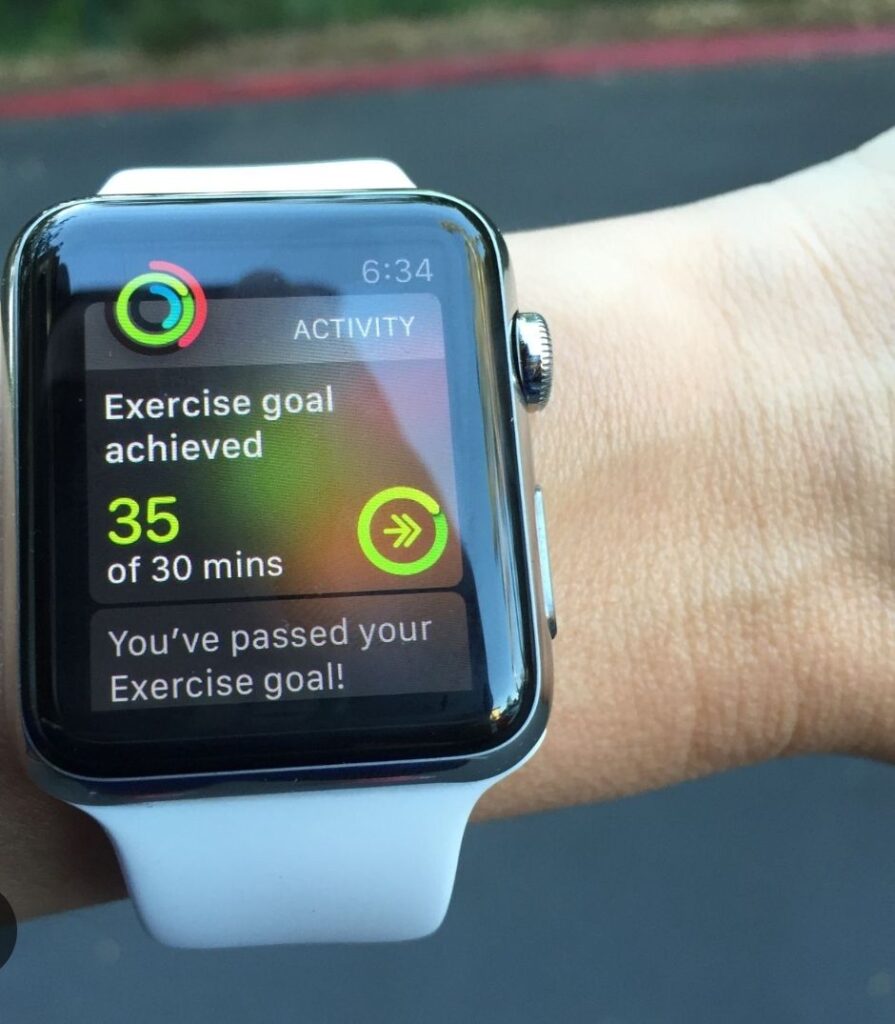
If you are like me and few other million others out there, someone that isn’t keen on traditional exercise, finding activities they enjoy is key. It could be walking, dancing, gardening, or even active video games. Framing it as “movement” rather than “exercise” might also help shift their perspective.

Making small progress and changes everyday is less overwhelming and intimidating compared to focusing on the whole long term drastic I.
Additionally, focusing on the benefits like improved mood and energy, reduced body pains, better sleep might motivate them to stick with it rather than paying attention to the every kilograms that they are trying to reduce.

Here’s a more detailed approach:
1. **Identify Enjoyable Activities**: Encourage the person to explore different physical activities until they find something they genuinely enjoy. This could be anything from hiking to swimming to yoga. The key is to make it something they look forward to rather than dread.

2. **Set Realistic Goals**: Start with achievable goals, like aiming for 30 minutes of activity most days of the week. As they build confidence and stamina, goals can be adjusted accordingly.

3. **Incorporate Movement into Daily Life**: Suggest simple ways to incorporate movement into their daily routine, such as taking the stairs instead of the elevator or parking farther away from their destination to get in some extra steps.

4. **Make it Social**: Encourage them to involve friends or family in their activities. Whether it’s joining a sports team or simply going for walks together, having companionship can make exercise more enjoyable.
5. **Focus on Benefits**: Remind them of the numerous health benefits of regular physical activity, such as improved mood, better sleep, and reduced risk of chronic diseases. Sometimes knowing the “why” behind the exercise can provide motivation. My recent approach with my patients is to share with them the descrepancy between their body age ( from body composition analysis ) and their actual age, it can really be a ‘wake-up’ call to many.

6. **Be Flexible**: Understand that there may be days when they don’t feel like being active, and that’s okay. The key is to encourage consistency over time rather than perfection in every workout session.
7. **Track Progress**: Keep track of their activity levels and progress over time. This could be through a fitness app, a journal, or simply marking workouts on a calendar. AIA Vitality has tracking programs that encourage health and wellness through point collections and rewards. Seeing how far they’ve come can be incredibly motivating.

8. **Reward Efforts**: Celebrate milestones and achievements, no matter how small. Whether it’s treating themselves to a massage, buying a new workout outfit or indulge in a dark chocolate feast, rewards can provide positive reinforcement.

9. **Seek Professional Guidance**: If needed, suggest working with a personal trainer or exercise physiologist who can tailor a fitness program to their interests and abilities.
10. **Be Supportive**: Finally, giving support and encouragement towards others that are also struggling to exercise will keep themselves motivated as well.

